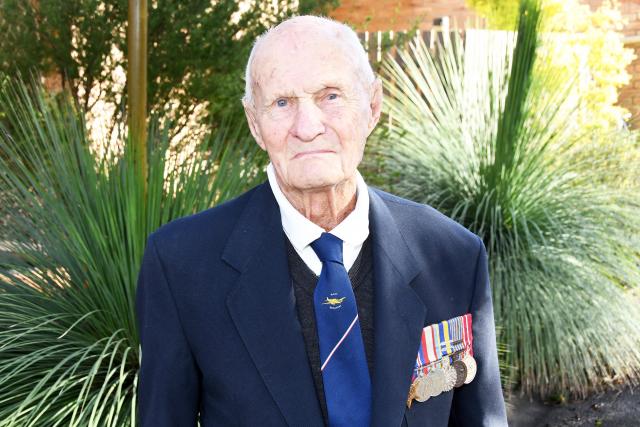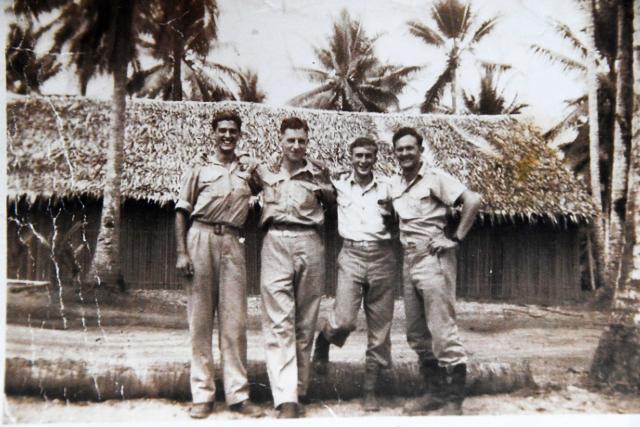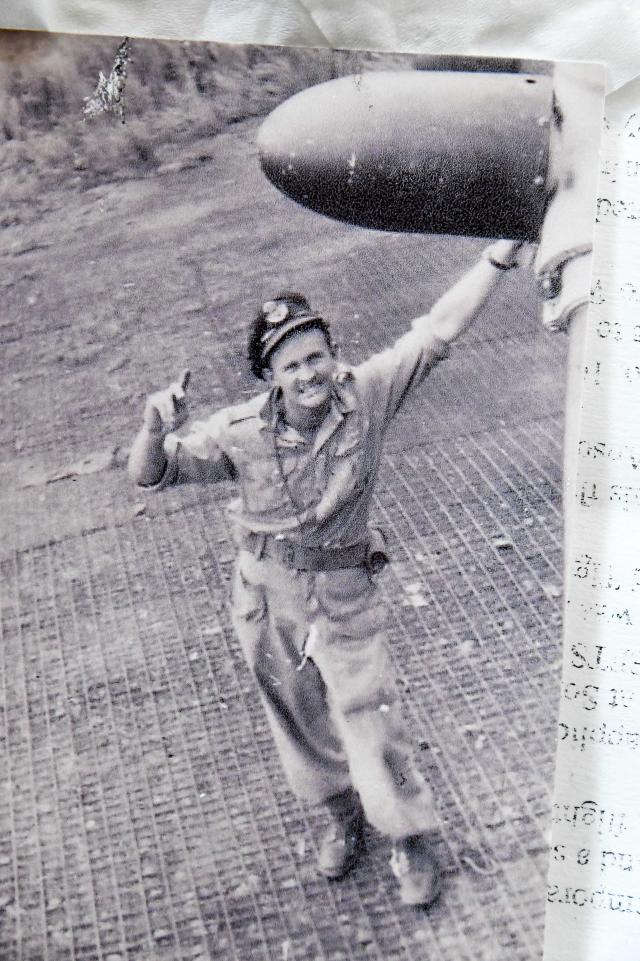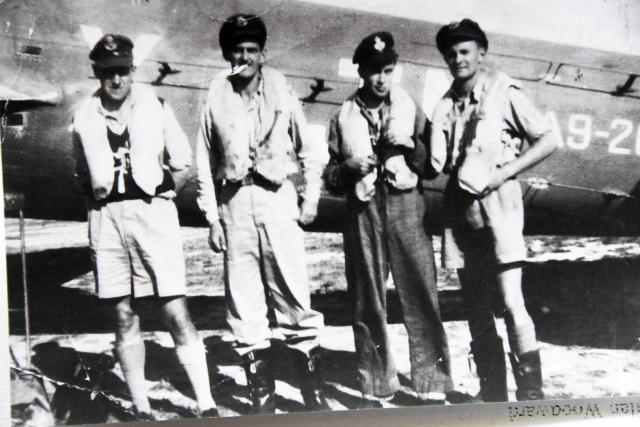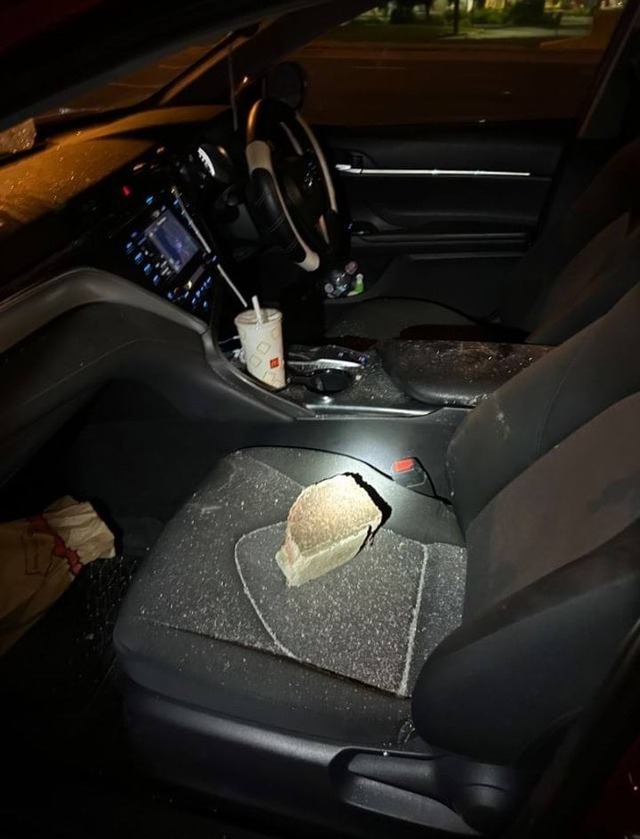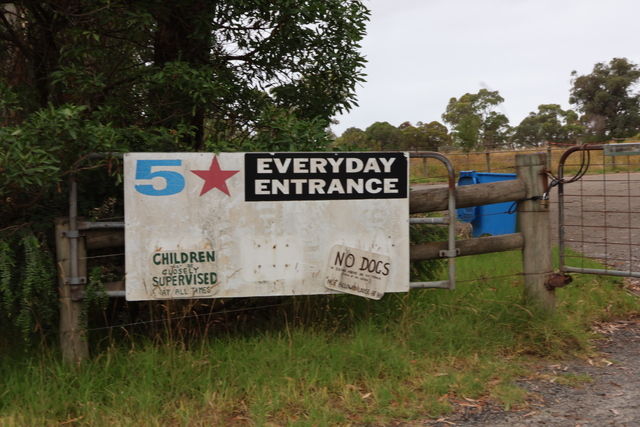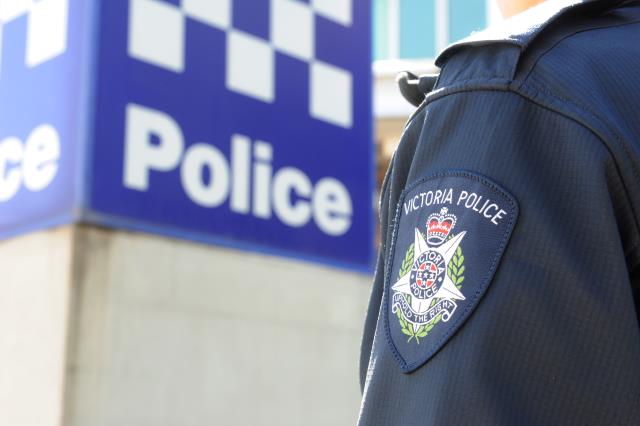Berwick resident Ted McConchie has always had a love for electronics, being a former wireless operator in a Beaufort bomber aircraft in World War II and has now brought that love into his later years by talking with his friends and family online on his laptop.
Having lived at the Fiddlers Green retirement village for 28 years, the oldest resident celebrated his 100th birthday on Tuesday 4 July, with a special celebration at Fiddlers Green held on Sunday 2 July.
Mr McConchie was born and grew up in Richmong, with his family owning a shoe shop.
He grew up playing cricket and football with his family’s own teams.
His father was a general assistant in the 10th Field Ambulance in World War I.
Mr McConchie started working as a clerk, but quickly joined the Royal Australian Air Force (RAAF) in April 1942 to support the country’s war effort.
He trained at the Initial Training School in Somers before training as a wireless operator/air gunner at Parkes and Port Pirie.
Mr McConchie then trained as a Bristol Beaufort crew member in Bairnsdale and East Sale, then being posted to the Number 100 Squadron at Milne Bay in Papua New Guinea in July 1943.
“It was quite an adventure,” he said.
“The pilot was excellent.”
In November 1943, Mr McConchie was transferred to Goodenough Island, making dangerous raids on the Japanese forces at Rabaul’s Simpsons Harbour.
“I think I had about eight narrow escapes,” he said.
On December 14, 1943, he was in a Beaufort aircraft which carried out a strike against enemy shipping and other targets at Rabaul among 29 others.
One of those aircraft was Beaufort A9-472, which was bombed after landing, killing its pilot and severely wounding its wireless operator/air gunner.
Mr McConchie and his crew were standing just a few metres away when the Japanese bomb attack occurred.
In January 1944, he met his late wife Valerie and their love remained strong for more than 65 years.
“She was a good mother,” he said.
“She was mad on native plants.”
In February 1944, he and his crew were posted to the Number 32 Squadron at Camden in New South Wales and Lowood in Queensland, carrying out anti-submarine patrols and escorting ships along the east coast.
Initially appointed as an aircraftman, Mr McConchie climbed through the ranks from Pilot Officer, Flying Officer and ending his wartime career as a Flight Lieutenant.
Mr McConchie reflected a time when he was up in the air above the Bass Strait when one of the Beaufort’s engines went out.
“We sent out an SOS back to base in Bairnsdale,” he said.
“We just had enough speed to get to Mallacoota.”
After the end of World War II, he went back to working as a shoe repairman, but quickly realised his skills were better suited in the RAAF, joining the equipment branch.
His work took him across the globe, including postings in Washington and Paris across more than 30 years in the service, completing his career as a Squadron Leader in 1976.
Mr McConchie kept a close connection with his three crew members – pilot Tony Warden, wireless officer/air gunner Ken Davies and navigator John Snewin – over the years until the last of the crew members died, surpassing 50 years of friendship together.
A fervent supporter of the Beaufort Squadrons Association, he was also involved in the Emerald and District Probus Club and the Emerald Returned and Services League sub-branch.
Mr McConchie said he loved to walk every day and still delivers papers to a number of his neighbours.
“That’s what keeps me alive,” he said.
Mr McConchie’s other love has been a number of dogs he has owned throughout his life.
Speaking on him reaching a century, his granddaughter Danielle said he says he wants to see another Christmas every year.
“I’m very happy to get there,” he said.

